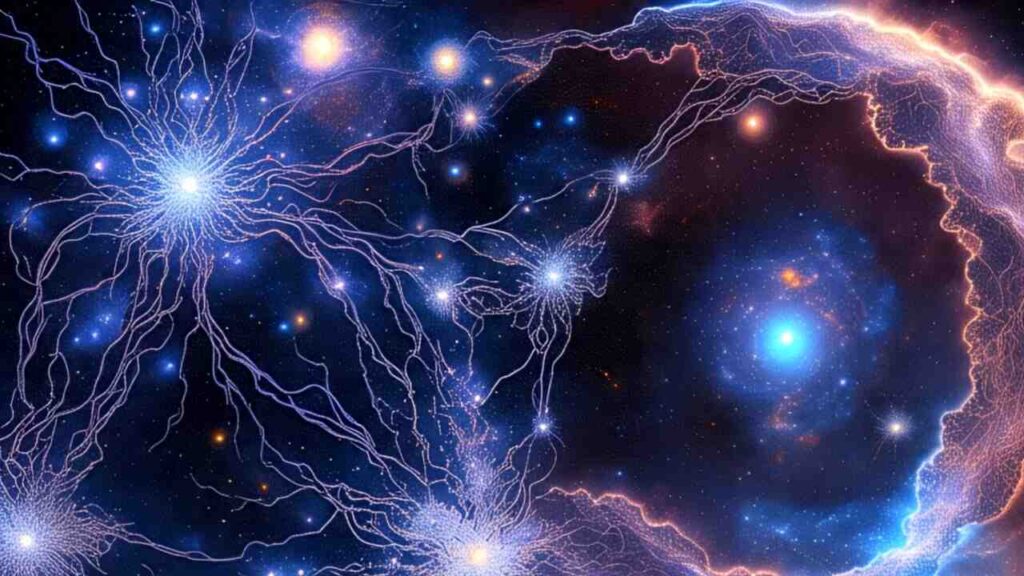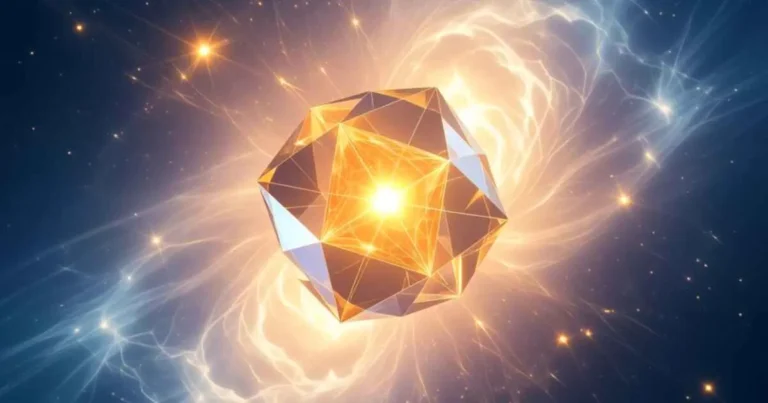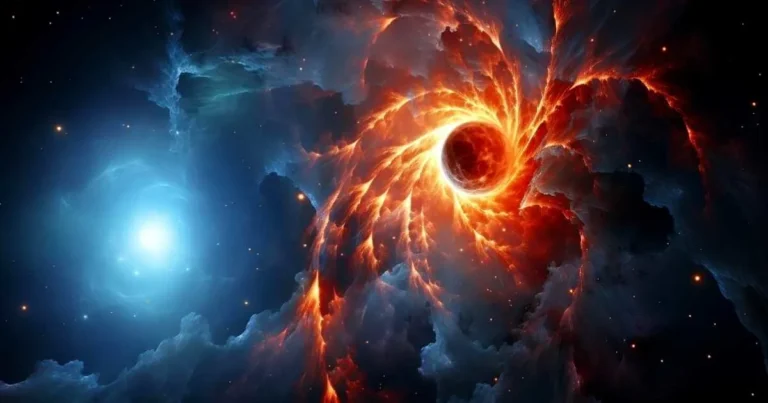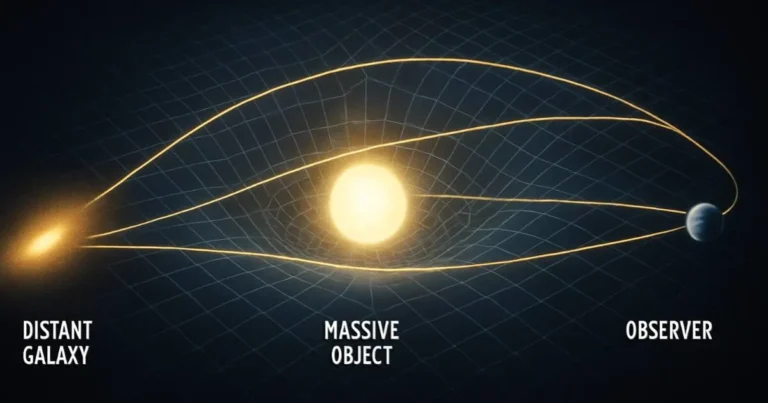Cosmic Filaments – The Universe’s Astonishing Neural Network

Tags:
- Cosmic Filaments
- Dark Matter
- Human Brain and Cosmos
- Stellar Illusion
Ever looked up on a dark night and stared at the sky, wondering—what holds it all together? Why galaxies aren’t randomly spread out but rather group, take shape, act like… something you can identify? It so happens that they aren’t randomly spread out. They’re held together by enormous structures known as cosmic filaments, and I’m going to say it flat out—it eerily resembles the human brain’s neural network.
I’m not talking about poetry here. I’m talking about science. These bridges of galaxies are hundreds of millions of light-years in length, connecting galaxy clusters into web-like structures like neurons and synapses. Weird, huh? Universe, brain—same architecture? Coincidence? Maybe. Maybe not. Let’s find out.
What are Cosmic Filaments? The Universe’s Hidden Framework
Cosmic filaments are the largest known structures of the observable universe. We’re not talking about individual galaxies or even clusters of galaxies. These filaments are intergalactic highways—galaxy bridges of gas, dark matter, and galaxies interconnecting the entire cosmos into a web-like structure.
Think of it like a spider web. Zoom out, and that is roughly how the cosmic web appears, but with galaxies glowing on the filaments.
Recent surveys like SDSS (Sloan Digital Sky Survey) and simulations like IllustrisTNG have mapped these filaments in exquisite detail. Most strikingly, perhaps, 50-60% of all of the universe’s visible matter is thought to live in these filaments, connecting dense galaxy clusters with grand bridges of matter that span intergalactic voids.
These filaments aren’t merely aesthetic cosmic decoration—they’re the backbone of the universe.
The Shocking Similarity to the Human Brain
Now here’s where it gets wild.
Back in 2020, an Italian research group (University of Bologna) published a study comparing the structure of the cosmic filaments and the human brain neuron networks. Through the use of sophisticated computational methods, scientists found that matter distribution in the cosmic web mimics brain neuron patterns—both networks functioning with surprisingly similar degrees of complexity.
But it’s not merely visual similarity. The manner in which information flows through neural networks appears eerily parallel to the manner in which matter propagates and moves in the cosmic web.
- Brain: Neurons, linked with axons, carry electrical impulses.
- Universe: Dark matter and galaxies, connected in filaments, exchange gravitational influence.
We’re speaking of objects that vary by 27 orders of magnitude in size, and they’re behaving in some way that’s related. Are we living in a cosmic brain? Simulation theory loves that question. I’ll leave that for a future blog post.
The Role of Dark Matter in Cosmic Filaments
Now the question is what keeps these filaments together?
Short answer: Dark matter.
While dark matter does not emit or absorb light, its gravitational presence permeates everywhere. Dark matter makes up about 85% of the mass of the universe, and it is what creates the cosmic web in the real world.
Simulations like Illustris and EAGLE prove that cosmic filaments are indeed dark matter scaffolds, with galaxies only accumulating along the dense areas, like dew on a spider web. Galaxies would not even exist if it weren’t for dark matter, nor galaxy clusters, which are large-scale structures.
It’s not science fiction—it’s actually how modern cosmology explains the shape of the universe.
Filaments as Intergalactic Highways
Here’s the strange part—cosmic filaments aren’t merely bridge-like. They’re bridges. They’re the conduit through which galaxies and galaxy clusters exchange matter, gas, and sometimes—if theories hold—dark matter particles themselves.
What is even more unusual is that galaxies will move along these filaments into more dense areas, similar to streams pouring into lakes. Have you ever heard of the Great Attractor? These movements are partially directed by the filamental forms that envelop huge superclusters of galaxies.
It’s not random. It’s structured. And we’re part of it.
Recent Findings (Up to 2025)
Alright—what’s new in that regard?
- LOFAR (Low-Frequency Array): Recent radio observations have detected radio bridges among cosmic filaments, providing direct evidence for magnetic fields extending through intergalactic space. Curious about how these magnetic fields influence the cosmic web itself? Don’t miss Intergalactic Magnetic Fields: 7 Powerful Secrets Hidden in the Cosmic Web.
- Mapping Cosmic Web using Artificial Intelligence: Machine learning is now helping astronomers map cosmic filaments to much greater accuracy by studying millions of galaxies at once.
- JWST Contributions: Even though James Webb Space Telescope (JWST) is not designed for hunting filaments, its infrared data is helping to confirm distant galaxies that lie on known filament paths.
In essence? We’re at the point now where we’re just starting to actually research the strings that hold the universe together.
Are Cosmic Filaments the Universe’s Neural Network?
Here’s the thing—scientifically speaking, it’s a metaphor. But a useful one. Calling cosmic filaments “the universe’s neural network” isn’t poetic. It’s handy for making us consider connectedness on a cosmic scale.
Where the brain uses neurons to retain and transfer information, the universe uses filaments to structure mass and determine the reach of gravity.
- Are they the very same thing? No.
- Do they behave in similar ways? Shockingly, yes.
- Coincidence or hint of a greater design in nature’s scheme? That’s your choice.
If you enjoy exploring how far our minds can go in grasping these vast structures, you’ll love our deep dive into The Cognitive Limits of Human Astronomy, where neuroscience meets astrophysics.
Why Is This Important for Astronomy and Cosmology?
Now let’s get to the point. Knowing about cosmic filaments assists with:
- Galaxy Formation: Filaments funnel gas into galaxies, fueling star formation.
- Dark Matter Mapping: Filaments are the dark matter fingerprints. If we look at them, we can find out more about what dark matter’s distribution is like.
- Cosmic Evolution: Reading the filaments is similar to reading the cosmic blueprint of the evolution of the universe from a hot, dense to an organized web we see today.
Final Reflection: One Brain, One Universe?
Being here, on this floating rock in space, I’m telling you—it’s impossible not to feel small and gigantic all at once when you learn that your brain and the universe share design principles. Perhaps that’s the idea.
At Stellar Illusion, we’re dedicated to combining deep astronomy with innovative ideas. The cosmic filaments that hold the universe together are more than physics—they’re about pattern, they’re about awe, and they’re about asking more questions with every glance up.
The next time you look at a diagram of a neural network, pause for a minute. It might be hiding the same secrets as the cosmic web that fills billions of light-years. Now ask me—isn’t that similarity a coincidence, or is nature hinting at something greater?
Let’s keep exploring. And if futuristic engineering fascinates you, be sure to check out Unlocking the Secrets of Alien Astroengineering in 2025 to discover how advanced civilizations might be reshaping the very structures we’re talking about here.
Comments
Please log in to leave a comment.
Related Posts

Unlocking Time Crystal Behavior in Neutron Stars
Neutron stars may hold the strangest secret yet: time crystals, repeating not in space but in time. If proven, this idea could rewrite physics itself.

Axion Stars: Unveiling the Hidden Dark Matter Stars
Axion stars are hypothetical celestial objects composed entirely of dark matter particles called axions. These mysterious stars could mimic neutron stars while emitting unusual signals, offering a potential key to unlocking the true nature of dark matter and reshaping our understanding of the universe.

Gravitational Lensing: The Astonishing Cosmic Magnifier
Explore how gravitational lensing bends light, magnifies distant galaxies, and reveals dark matter—unlocking the secrets of the cosmos.